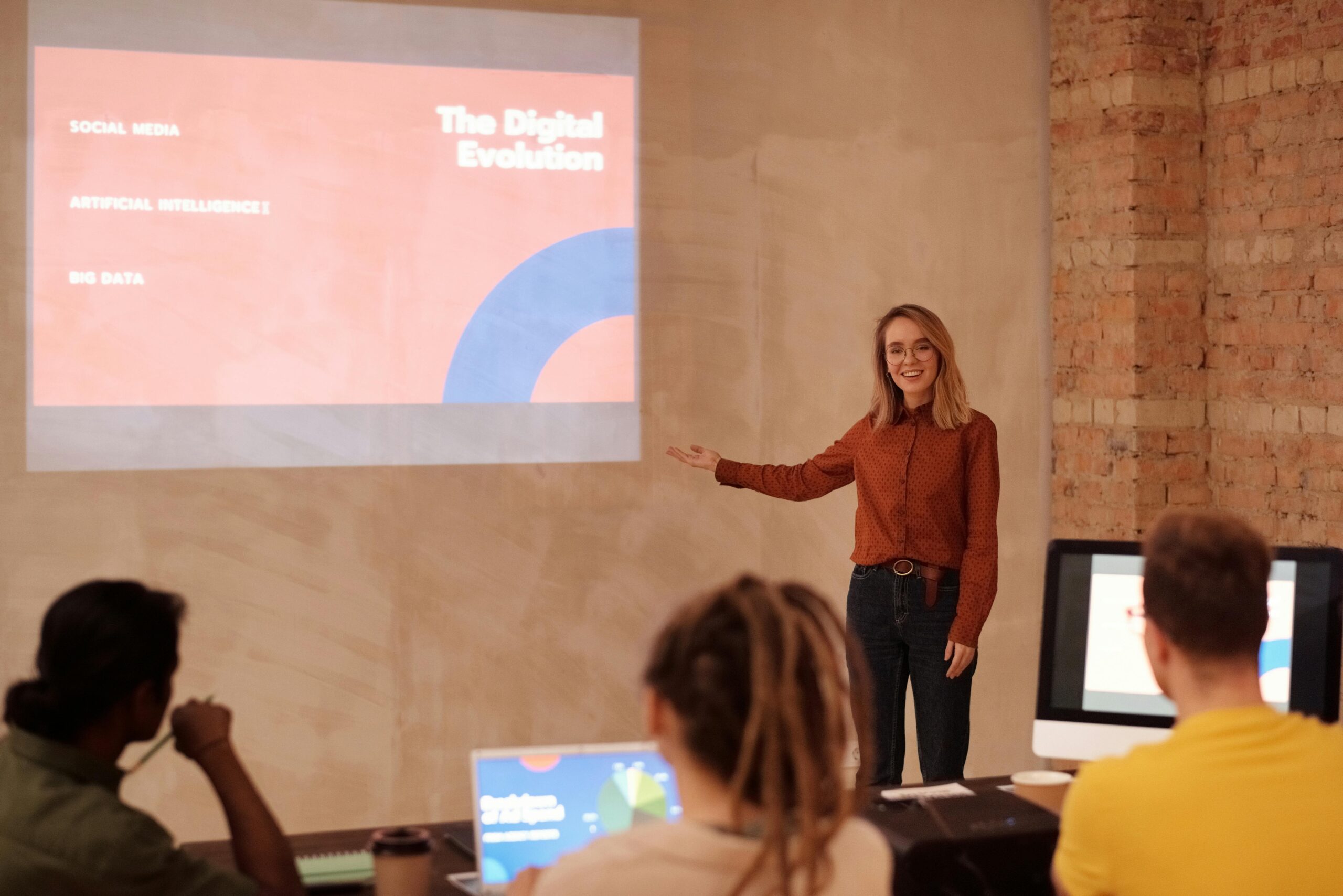In today’s fast-paced digital world, mindfulness apps have become essential tools for millions seeking mental clarity, stress reduction, and enhanced focus in their daily lives.
The intersection of technology and meditation has created a billion-dollar industry, with mindfulness applications revolutionizing how we approach mental wellness. As designers and developers continue to refine these digital sanctuaries, understanding the principles that make a mindfulness app truly effective becomes crucial for creating experiences that genuinely help users find calm amidst chaos.
This comprehensive guide explores the essential elements of mindfulness app design, from user interface considerations to the psychological principles that underpin successful meditation platforms. Whether you’re a designer, developer, or simply curious about what makes these applications work, this deep dive will illuminate the path to creating digital experiences that foster genuine tranquility and mental focus.
🧘 Understanding the Mindfulness App Landscape
The mindfulness app market has exploded in recent years, with applications like Headspace, Calm, and Insight Timer leading the charge in digital meditation. These platforms have collectively amassed hundreds of millions of downloads, demonstrating a clear societal shift toward prioritizing mental health and self-care through technology.
What distinguishes successful mindfulness apps from the countless others that fade into obscurity? The answer lies in thoughtful design that respects the user’s mental state, creates genuine value, and removes friction from the meditation experience rather than adding to it.
Modern users approach mindfulness apps in various states of mind—some seeking relief from anxiety, others looking to build a consistent meditation practice, and many simply hoping for a moment of peace in their hectic schedules. Effective app design must accommodate all these entry points while maintaining a cohesive, calming experience.
The Psychology Behind Calm-Inducing Design 🌊
Before diving into specific design elements, it’s essential to understand the psychological foundations that make certain design choices more effective for mindfulness applications. The human brain responds predictably to visual stimuli, color palettes, motion, and spatial arrangements—all factors that can either facilitate or hinder a meditative state.
Color Theory for Tranquility
Color psychology plays a fundamental role in mindfulness app design. Research consistently shows that certain color palettes evoke specific emotional responses. Cool colors like blues, greens, and purples tend to promote calmness and reduce anxiety, while warm colors can energize or, in excess, create overstimulation.
The most successful mindfulness apps typically employ muted, natural color schemes that mirror the serenity of nature. Think ocean blues, forest greens, sunset oranges softened to peachy tones, and the neutral warmth of sand and stone. These palettes create an immediate visual cue that the user is entering a space designed for relaxation.
Cognitive Load and Simplicity
When users open a mindfulness app, they’re often in a state of stress or seeking to prevent stress. The last thing they need is a complicated interface that demands cognitive effort to navigate. The principle of reducing cognitive load is paramount in mindfulness app design.
Every unnecessary button, confusing menu structure, or ambiguous icon adds friction to the user experience. Successful designs embrace radical simplicity, often featuring large, clearly labeled buttons, intuitive navigation patterns, and obvious next steps that guide users effortlessly toward their meditation session.
Essential Design Elements for Mindfulness Apps ✨
Onboarding That Sets Intentions
The onboarding experience for a mindfulness app serves a dual purpose: it must educate new users about the app’s features while simultaneously beginning the process of establishing a mindful practice. This delicate balance requires thoughtful design that doesn’t overwhelm but does inform.
Effective onboarding flows ask users about their goals, experience level with meditation, and preferred session lengths. This personalization not only helps the app deliver relevant content but also makes users feel understood and catered to from the very first interaction.
Navigation Architecture for Mental Clarity
Navigation in mindfulness apps should feel invisible—users should reach their desired destination without conscious thought. The most successful apps employ flat hierarchies that minimize the number of taps required to start a session.
Consider implementing a persistent bottom navigation bar with three to five clearly labeled sections. Common structures include Home, Explore/Library, Progress/Stats, and Profile/Settings. This familiarity helps users feel immediately comfortable while allowing quick access to core functionality.
The Home Screen: Your Digital Sanctuary
The home screen of a mindfulness app is where users will spend the most time, and it should reflect this importance. Rather than cluttering this prime real estate with every possible feature, focus on creating a calm, inviting space that highlights the most relevant content for that specific user.
Personalized recommendations, a daily meditation suggestion, current meditation streaks, and quick access to favorite practices all deserve consideration for home screen placement. Use generous white space (or calm-colored space) to let these elements breathe, avoiding the cramped feeling that contradicts the app’s purpose.
🎨 Visual Design Principles for Serenity
Typography That Whispers, Never Shouts
Typography in mindfulness apps should be effortlessly readable without drawing attention to itself. Choose typefaces that feel modern yet timeless, with sufficient weight for clear hierarchy but without harsh, angular lines that create visual tension.
Sans-serif fonts generally work better for digital mindfulness applications, as they feel clean and contemporary. However, some apps successfully incorporate serif fonts for longer reading passages, as they can feel more traditional and grounded. Whatever your choice, ensure ample line spacing and generous margins to enhance readability and create visual breathing room.
Imagery and Iconography
Visual content in mindfulness apps should evoke natural environments, abstract patterns, or calming scenes. High-quality nature photography—forests, oceans, mountains, skies—creates immediate associations with tranquility and helps users mentally escape their immediate environment.
Abstract gradients and fluid shapes have also become popular in mindfulness app design, offering a modern aesthetic that doesn’t anchor users to specific places but instead creates a unique digital space for contemplation. These visual elements should be subtle backgrounds rather than attention-grabbing features.
Animation and Motion Design
Animation in mindfulness apps must be purposeful and calming. Jarring transitions or bouncy, playful animations undermine the serious purpose of the application. Instead, embrace slow, smooth transitions that feel like flowing water or gentle breaths.
Breathing animations—expanding and contracting circles or other shapes—are particularly effective, as they can guide meditation practices directly. Loading states should use subtle, continuous animations rather than jumpy progress bars. Every motion should feel intentional and contribute to the overall sense of calm.
Audio Experience: The Heart of Mindfulness Apps 🎵
While visual design creates the environment, audio content delivers the core value of most mindfulness applications. The presentation of this audio content requires careful consideration to ensure users can easily find, play, and customize their listening experience.
Audio Player Interface Design
The audio player interface should be immediately recognizable and functional, borrowing familiar patterns from music apps while adapting them for the mindfulness context. Large, clearly labeled play/pause buttons, visible progress indicators, and accessible volume controls are essential.
Consider adding mindfulness-specific features like background sound mixing, where users can combine meditation guidance with ambient nature sounds, or timer customization that allows users to adjust session length. These features should be easily accessible but not cluttering the primary player interface.
Background Audio and Soundscapes
Many users appreciate the option to play ambient sounds—rain, ocean waves, forest ambiance, white noise—either independently or mixed with guided meditations. The interface for selecting and customizing these soundscapes should be intuitive and allow for quick experimentation.
Providing visual representations of sounds can help users identify their preferences quickly. Simple, evocative icons or small illustrations that represent each soundscape create a more engaging browsing experience than text-only lists.
Personalization and Progress Tracking 📊
Building Habit-Forming Features Ethically
Mindfulness apps walk a fine line between encouraging consistent practice and creating addictive, obsessive behavior. The goal is to help users establish healthy meditation habits without fostering dependence on the app itself—a paradox that requires thoughtful design solutions.
Streak tracking, when implemented carefully, can motivate users without creating anxiety. Consider offering encouraging messages that acknowledge breaks rather than guilt-tripping users for missed days. Celebrate consistency without punishing imperfection.
Meaningful Progress Metrics
What progress looks like in mindfulness practice is highly personal and not always quantifiable. While time-based metrics (minutes meditated, sessions completed) provide concrete data, consider incorporating qualitative tracking opportunities as well.
Mood check-ins before and after sessions, journal prompts, or simple emoji-based emotional tracking can help users observe their progress in ways that feel more meaningful than accumulated minutes. Present this data in visually appealing ways that feel reflective rather than competitive.
Customization Options
Users appreciate the ability to tailor their mindfulness experience to their preferences. Offer options for session length, meditation style, instructor voice, and reminder timing. These customization features demonstrate respect for the user’s individual needs and increase the likelihood of consistent engagement.
Dark mode has become essential for any app used before bedtime, and mindfulness apps are no exception. Ensure your app offers a thoughtfully designed dark theme that maintains readability while reducing eye strain during evening meditation sessions.
Accessibility: Mindfulness for Everyone ♿
Creating inclusive mindfulness experiences requires attention to accessibility from the earliest design stages. Meditation and mental wellness should be available to everyone, regardless of physical abilities or limitations.
Visual Accessibility Considerations
Ensure sufficient color contrast ratios meet WCAG standards, making text readable for users with visual impairments. Provide text alternatives for all images and icons, and ensure your app is fully navigable with screen readers. Font size adjustability should be built into your design system from the beginning.
Audio Alternatives and Transcripts
For users who are deaf or hard of hearing, provide text transcripts of all guided meditations. Consider offering text-based meditation instructions as an alternative format. Ensure all important audio cues (like session completion) have visual equivalents.
Cognitive Accessibility
Users with cognitive differences benefit from consistent navigation patterns, clear language, and the ability to preview content length and difficulty. Avoid time pressure in interfaces, provide clear error messages, and ensure users can easily undo actions.
Technical Performance and Reliability ⚙️
The most beautifully designed mindfulness app becomes frustrating if it loads slowly, crashes frequently, or drains battery life. Technical performance is a core component of user experience that designers must collaborate closely with developers to optimize.
Offline Functionality
Users often want to meditate in locations without reliable internet access—on airplanes, in nature, or simply to avoid data usage. Providing robust offline functionality, including the ability to download meditations in advance, significantly enhances the app’s utility and user satisfaction.
Battery and Data Optimization
Mindfulness sessions can last from a few minutes to an hour or more. During this time, the app should consume minimal battery and data. Optimize audio files for streaming efficiency, reduce unnecessary background processes, and provide settings that let users control data usage.
Monetization Without Compromising Calm 💰
The challenge of monetizing mindfulness apps requires balancing business sustainability with user experience. Intrusive ads or aggressive upgrade prompts directly contradict the calm environment you’re trying to create.
Subscription Models That Feel Fair
Most successful mindfulness apps employ freemium models with subscription upgrades. The key is providing genuine value in the free tier—enough to establish trust and demonstrate effectiveness—while reserving premium content and features for subscribers.
Present upgrade prompts at natural decision points rather than interrupting meditation sessions. Make the value proposition clear without creating artificial scarcity or manipulative urgency. Users should feel they’re investing in their wellbeing, not being pressured into a purchase.
Advertising Considerations
If you choose to include advertising, it must be implemented with extreme care. Loud, animated video ads have no place in mindfulness applications. If ads are necessary, consider static, contextually relevant advertisements placed outside of meditation experiences, never interrupting the practice itself.
Building Community While Respecting Solitude 🤝
Some users appreciate social features that connect them with other practitioners, while others seek meditation as a purely solitary practice. Successful mindfulness apps accommodate both preferences without forcing either experience.
Optional community features might include shared challenges, discussion forums, or the ability to see anonymized statistics about how many others are meditating simultaneously. These features should always be opt-in, never creating pressure to participate or share personal progress publicly.
Testing and Iteration for Continuous Improvement 🔄
The design process for mindfulness apps never truly ends. Regular user testing, feedback collection, and iterative improvements ensure your app evolves with user needs and remains relevant in a competitive market.
Conduct usability testing with diverse user groups, including those new to meditation and experienced practitioners. Pay attention to emotional responses during testing—does your app actually make people feel calmer, or does it add to their stress? These qualitative insights often prove more valuable than quantitative metrics alone.
Analytics should inform design decisions, but be cautious about over-optimization. Not every interaction needs to drive engagement metrics upward. Sometimes the best user experience means users spend less time in your app because they’ve successfully achieved calm and can return to their lives—and that’s perfectly aligned with your app’s mission.

Creating Lasting Impact Through Thoughtful Design 🌟
Designing mindfulness apps carries unique responsibility. Unlike gaming or social media applications, where engagement metrics reign supreme, mindfulness apps should prioritize genuine wellbeing over addictive patterns. The most successful approaches balance business objectives with authentic care for user mental health.
Every design decision—from color choices to notification timing—either supports or undermines the user’s journey toward greater calm and focus. By grounding your design process in psychological principles, respecting accessibility needs, and maintaining technical excellence, you create digital experiences that genuinely improve lives.
The future of mindfulness app design will likely incorporate emerging technologies like AI-powered personalization, biometric feedback integration, and virtual reality meditation environments. However, the fundamental principles remain constant: simplicity, intentionality, and genuine respect for the user’s mental state and personal journey.
As you embark on designing or refining mindfulness applications, remember that you’re creating more than a product—you’re crafting a tool that can help people navigate stress, develop self-awareness, and find moments of peace in an increasingly chaotic world. That responsibility, handled with care and expertise, makes mindfulness app design one of the most meaningful challenges in modern digital product development.
Toni Santos is a digital culture researcher and emotional technology writer exploring how artificial intelligence, empathy, and design shape the future of human connection. Through his studies on emotional computing, digital wellbeing, and affective design, Toni examines how machines can become mirrors that reflect — and refine — our emotional intelligence. Passionate about ethical technology and the psychology of connection, Toni focuses on how mindful design can nurture presence, compassion, and balance in the digital age. His work highlights how emotional awareness can coexist with innovation, guiding a future where human sensitivity defines progress. Blending cognitive science, human–computer interaction, and contemplative psychology, Toni writes about the emotional layers of digital life — helping readers understand how technology can feel, listen, and heal. His work is a tribute to: The emotional dimension of technological design The balance between innovation and human sensitivity The vision of AI as a partner in empathy and wellbeing Whether you are a designer, technologist, or conscious creator, Toni Santos invites you to explore the new frontier of emotional intelligence — where technology learns to care.




